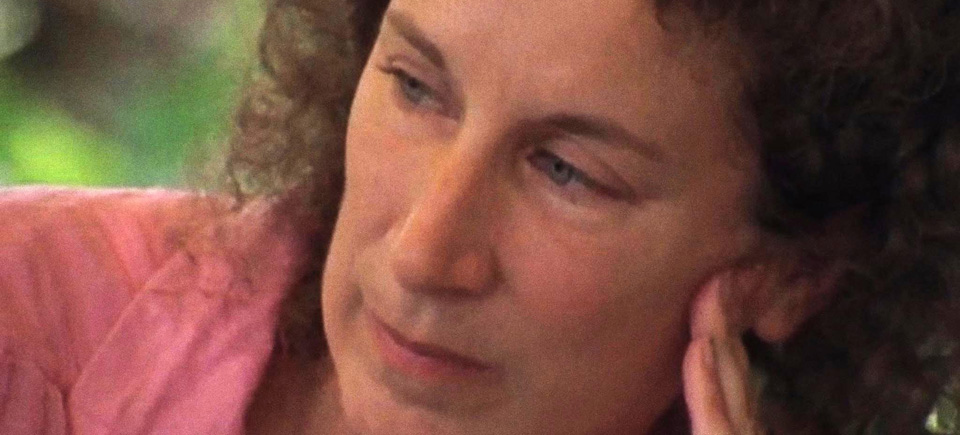
5 films on literature: Atwood, Kerouac, Mowat, and more…
5 films on literature: Atwood, Kerouac, Mowat, and more…
Consider yourselves lucky today, dear readers: I’ve decided to take a break from writing my Great Canadian Novel—a tome rife with gravitas that elevates the literary game to the next level—in order to tell you all about the rich literary offering on NFB.ca this week. (What’s that? Am I writing said novel in my head? Well, OK, yes, there is technically no actual novel to speak of yet, but just you wait…)
We figured you’d be celebrating the tail end of cottage season snuggled up with a good book by a lake, so we thought you might like to know more about the fine folks responsible for some of this country’s (and the world’s) greatest literature.
The mind that brought you The Handmaid’s Tale, Alias Grace, Oryx and Crake…
You may be familiar with Margaret Atwood’s globally-renowed literary output, but how well do you know the woman behind the words? In Margaret Atwood: Once in August, we are treated to a revealing portrait of Atwood at her family’s farm near Alliston, Ontario, where we get a glimpse of Atwood’s irreverence, intelligence, and sharp sense of humour.
Margaret Atwood: Once in August , Michael Rubbo, provided by the National Film Board of Canada
I’ve been a fan of Atwood’s work since I started skipping after-school re-runs of Saved By The Bell to power through my mom’s copy of The Robber Bride at the tender age of 11. But I didn’t realize what a funny and charming woman she is in person—until, that is, I once heard her refer to the great Canadian poet (and rumoured Lothario) Irving Layton as “a naughty little scamp”.
As I watch this documentary about Atwood, I can’t help noticing a troubling dynamic that emerges between filmmaker Michael Rubbo and Atwood herself. It seems as though he questions her in a manner that hints she may not know herself (or her writing, or the characters she creates in her novels) as well as he thinks he does. But Atwood’s confident, measured, and eloquent answers serve to put Rubbo in his place a little bit, thereby playing with the traditional documentary dynamic (not to mention the traditional gender dynamic) in fascinasting ways.
I’m curious to hear your thoughts on this rich and informative film; leave ’em in the comments below this post.
Kerouac: counterculture, spontaneity, liberation, rebellion
In The Essentials of Spontaneous Prose (1958), Jack Kerouac advocated a style of writing that incorporated the “free deviation of mind… swimming in a sea of English with no discipline other than rhythms of rhetorical exhalation and expostulated statement, like a fist coming down on a table with each complete utterance, bang!”
How’s that for an instruction booklet on a literary revolution? Interestingly, Kerouac’s energetic writing is markedly contrasted to his thoughtful, languid demeanour in Jack Kerouac’s Road – A Franco-American Odyssey, a documentary in which the great American writer explores his Francophone roots in the North-Eastern United States.
Jack Kerouac’s Road – A Franco-American Odyssey, Herménégilde Chiasson, provided by the National Film Board of Canada
Some critics equated Kerouac’s spontaneity with mindlessness and thoughtlessness, especially because he was such a fast writer. Some said he was not careful. But Kerouac’s frenetic words spoke to a disaffected generation. In 1957, On the Road became a best-seller, and publishers clamoured to print everything else Kerouac had ever written (many of his early works had been unseen and unpublished until that point).
A brooding prairie poet and the mythology of place and space
Andrew Suknaski was a celebrated Canadian poet and visual artist throughout the late 1960s and ’70s. In the early 1980s, he stopped writing, but his extensive poetry has been actively collected and analyzed since. In the hypnotic and revealing documentary Wood Mountain Poems, we get a glimpse of the complex man behind the poems.
Wood Mountain Poems, Harvey Spak, provided by the National Film Board of Canada
Concerned broadly with themes of identity and its relationship to home, space, language, and culture, Suknaski’s poems drew from a wide range of influences, including his own Ukrainian-Polish background, the First Nations mythologies that surrounded him on the Western prairie landscape, and the legacy of settler colonialism that haunts the Western world to this day.
…stand dead man stand stranger a moment in those brand new shoes laced on your dead feet new shoes for your long journey …stand dead man and let the mourners lie while i read your face more oriental than anything your face still brown and burnished by faraway sun and suffering your face forged by all things chinese tartar hutsul viking cossack horsemen who forded the rivers of your frozen blood– Andrew Suknaski, excerpt from Photograph from Poland
Anna Jameson: 19th century writer, scholar, feminist, adventurer
Take a listen to the narration in The Petticoat Expeditions, Part One: Anna Jameson and see if you can identify the crisp British accent and its celebrity owner (we already know Russell Crowe contributed his golden vocal tones to other NFB films). Hint: besides her talent, she’s also known for her wacky red-carpet fashions and her marriage to an equally wacky Hollwood auteur. Still haven’t guessed? More hints: she’s a two-time Academy Award nominee and the star of such hits as Fight Club and the Harry Potter films.
The Petticoat Expeditions, Part One: Anna Jameson, Pepita Ferrari, provided by the National Film Board of Canada
That’s right: it’s none other than the iconic and talented Helena Bonham-Carter! The Petticoat Expeditions is a series of films which uses the words and works of three extraordinary British women to recount their experiences in 19th-century Canada, painting an inspiring portrait of women who refused to be constrained by the conventions of the time.
Anna Jameson was one such woman: she followed her aloof, alcoholic husband from England to Canada in the mid-19th century, and once here she found herself “cold, comfortless” and “as miserable as possible”.
“I lose all heart to write home, or to register or reflect on a feeling,” she wrote despondently. In one month in Toronto, she says, “I have been out of the house twice, and in that I was in continual danger of falling.” In twenty pounds of clothing in the Canadian winter, Jameson recounts how she found herself “floundering about like a whale out of water.”
But this steely and adventuresome woman would not let the unfriendly climate and landscape of a foreign land keep her down. Jameson set out on a voyage of unexplored territory across Ontario—alone. (This was unheard of at the time; it’s likely she was the first European woman ever to explore this territory alone). Jameson’s reflections and experiences live on in her writing, which is revered to this day, such as in her Winter Studies and Summer Rambles in Canada, still widely studied within settler literature and women’s histories.
The cross-country search for a literary legend
In Finding Farley, husband-and-wife filmmaking team Leanne Allison and Karsten Heuer set out to re-trace the steps taken across a selection of Farley Mowat’s most famous books. They canoe east from Calgary towards the Prairies (as traced in Mowat’s Born Naked and Owls in the Family) and then traverse the paths taken in Never Cry Wolf and People of the Deer. Their epic 5,000 km journey—trekking, sailing, portaging and paddling—finally ends in the Maritimes, at Mowat’s Nova Scotia summer home.
Finding Farley, Leanne Allison, provided by the National Film Board of Canada
What’s more, the couple bring their 2-year-old son along on this epic journey. Got a 2-year-old at home? Then you can imagine what it might be like to canoe, sail, camp, and trek across Canada with the little one in tow. Oh, and a dog. Want to know what it was like? Read co-director Leanne Allison’s guest post here.
So, that’s the literary-themed selection on NFB.ca this week—when you’ve finished that last chapter you’re reading, close the pages and open your laptop to these enriching, inspiring, and revealing films. Now, if you’ll excuse me, I have to get back to writing my novel…
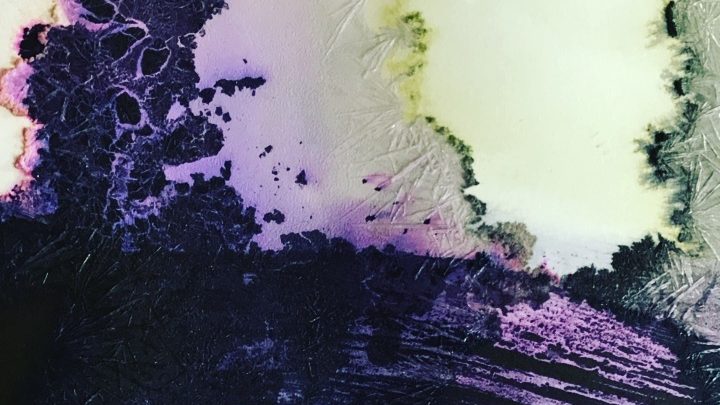
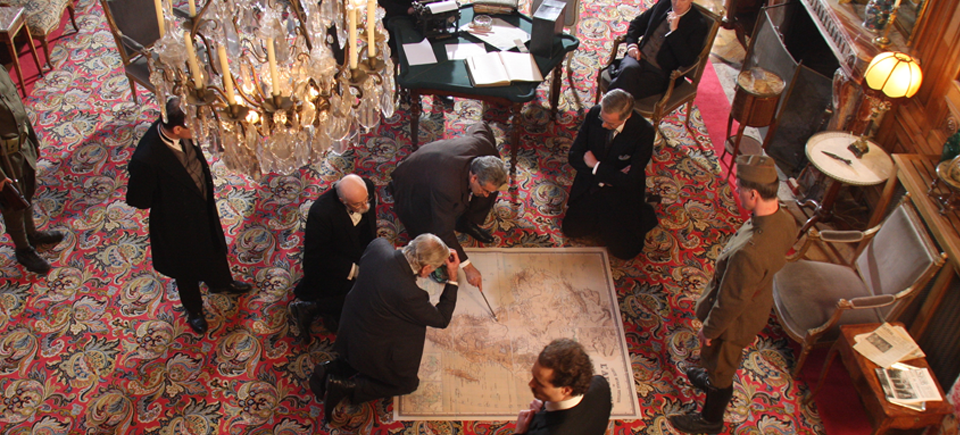
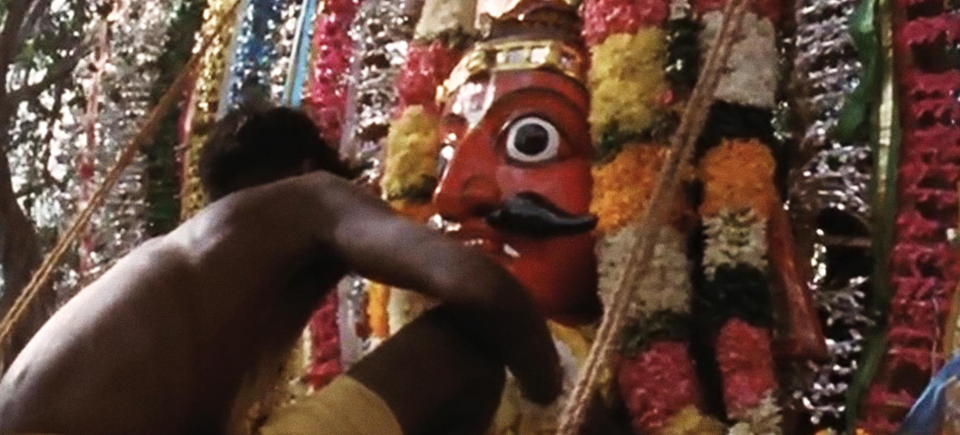
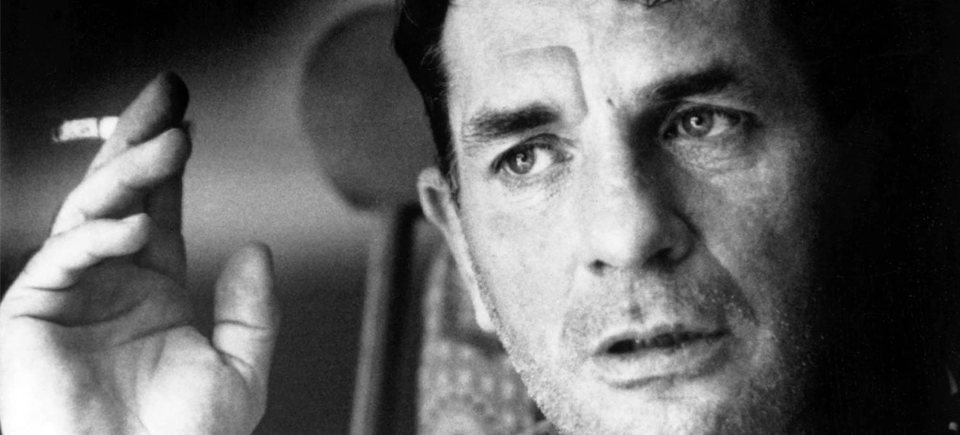
Just what, exactly, are the rights issue to my film on Margaret Laurence?
Hi Robert,
It looks like your film will be available for online viewing sometime in the next few months, although I cannot give you a specific date. The rights issues stem from CBC stock footage that we have to license, which can be complicated and time-consuming depending on the details. At this time, our rights clearance professionals are working on a multitude of projects. Your film is already digitized so once the rights are cleared, we will upload the film to NFB.ca for viewing.
Thanks and best wishes,
Jovana
Poor Margaret Laurence. I look forward to viewing the other films provided by NFB.ca.
Poor Margaret Laurence. Such a great writer, such and interesting NFB film forgotten.
Hi Peter,
It’s true, we do have a couple of films on Margaret Laurence, in various versions, but unfortunately we have not been able to publish these films online for free viewing due to rights issues. You can see “Canada Vignettes: The Novelist” on YouTube (https://www.youtube.com/watch?v=AMs81cBI6oo) and this is a short version composed of excerpts from “Margaret Laurence, First Lady of Manawaka” (http://onf-nfb.gc.ca/en/our-collection/?idfilm=12625).
Other NFB films featuring Margaret Laurence include “Speaking Our Peace” (http://onf-nfb.gc.ca/en/our-collection/?idfilm=15297) and a cut-down version of this film titled “A Writer in the Nuclear Age: A Conversation with Margaret Laurence” (http://onf-nfb.gc.ca/en/our-collection/?idfilm=16097).
There is a chance that we may be able to feature “Margaret Laurence, First Lady of Manawaka” on NFB.ca soon, and I will certainly update you here if this becomes the case.
Best wishes,
Jovana
Being a follower of Farley Mowat’s made the viewing of ” Finding Farley” even more enjoyable
but the unbelievable editing and effort put into the production of this film was
moving and unforgettable. A great tribute to Farley. I look forward to viewing the other films provided by N.F.B. Thank you, Ed
So glad you enjoyed this film, Ed. If you’d like to see another film about Farley, check out “Ten Million Books” at this link: https://www.nfb.ca/film/ten_million_books